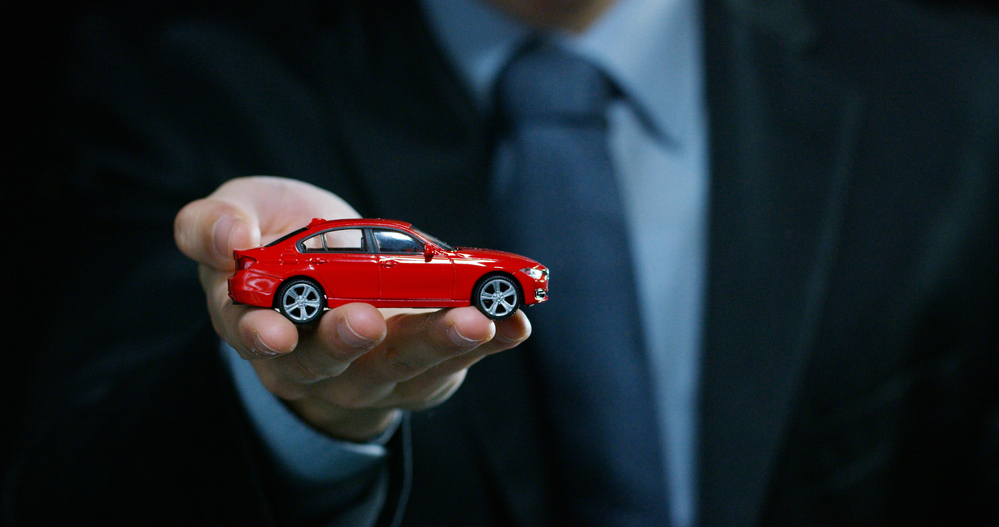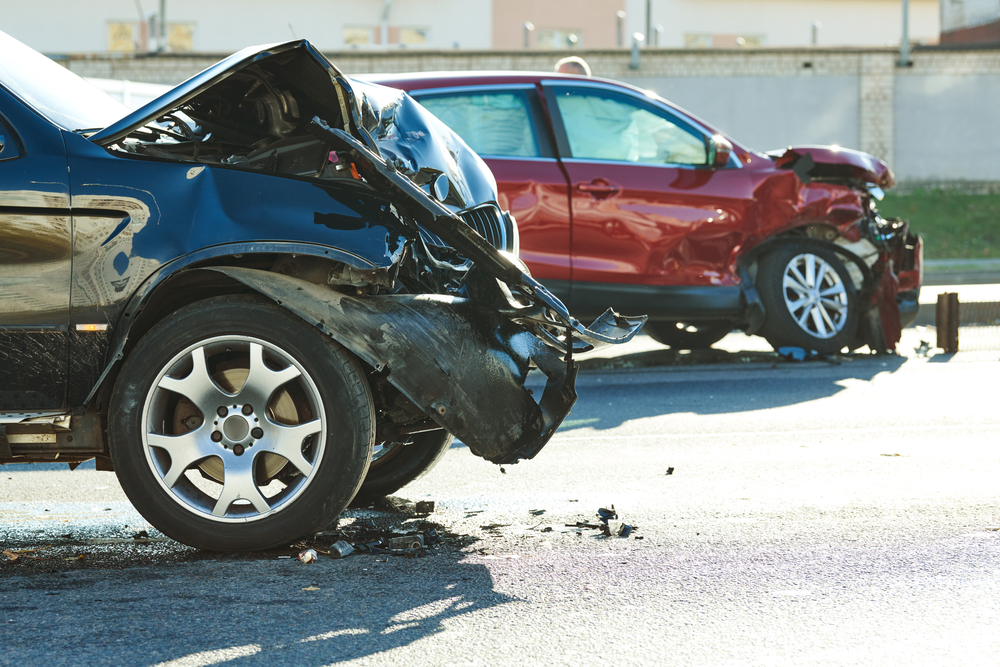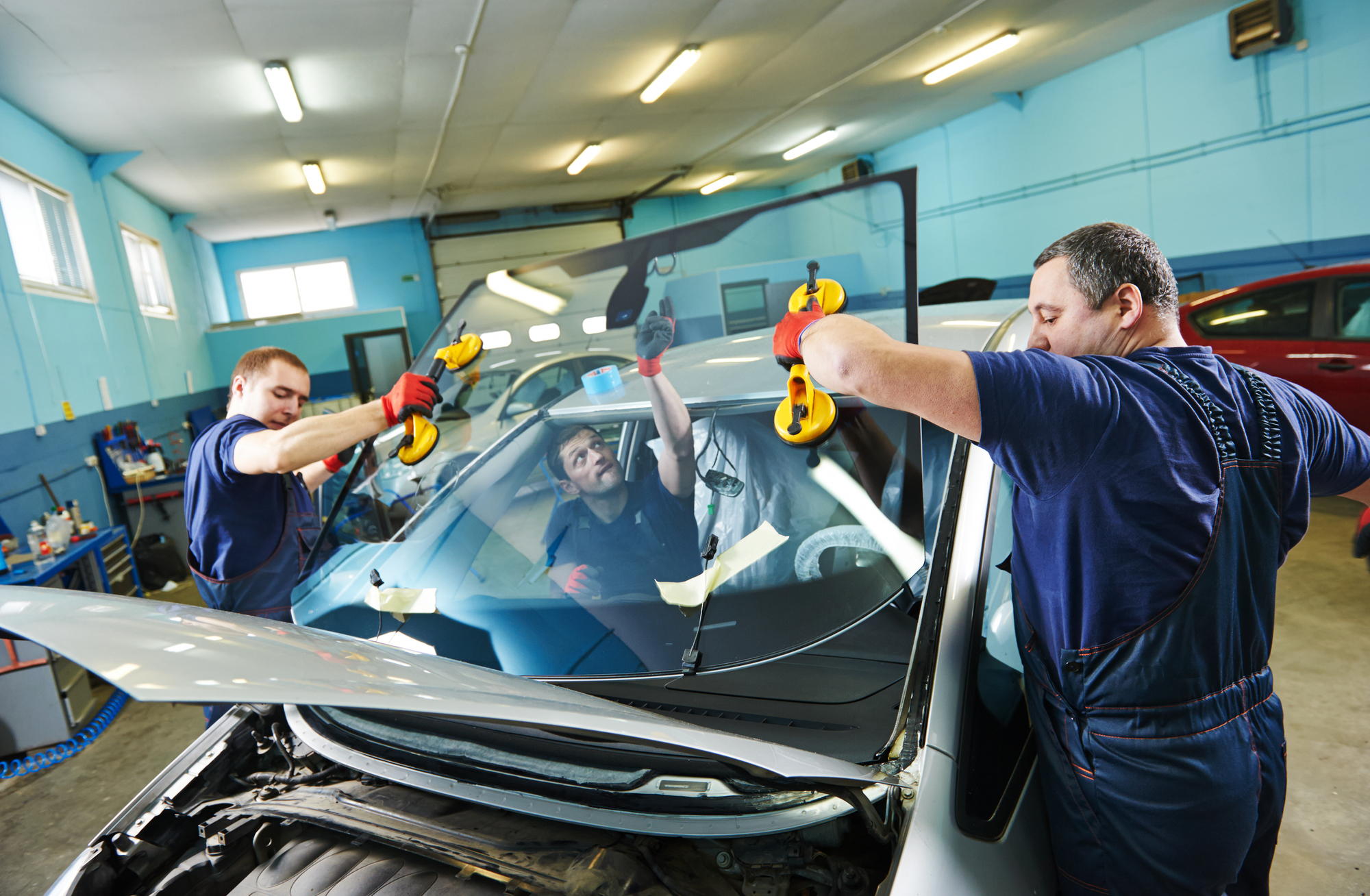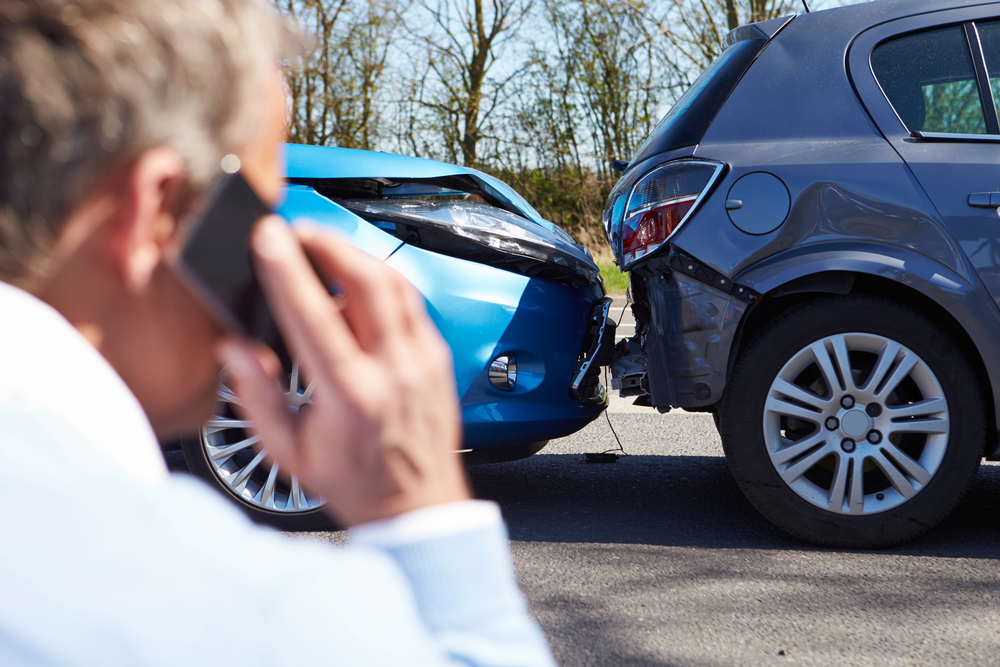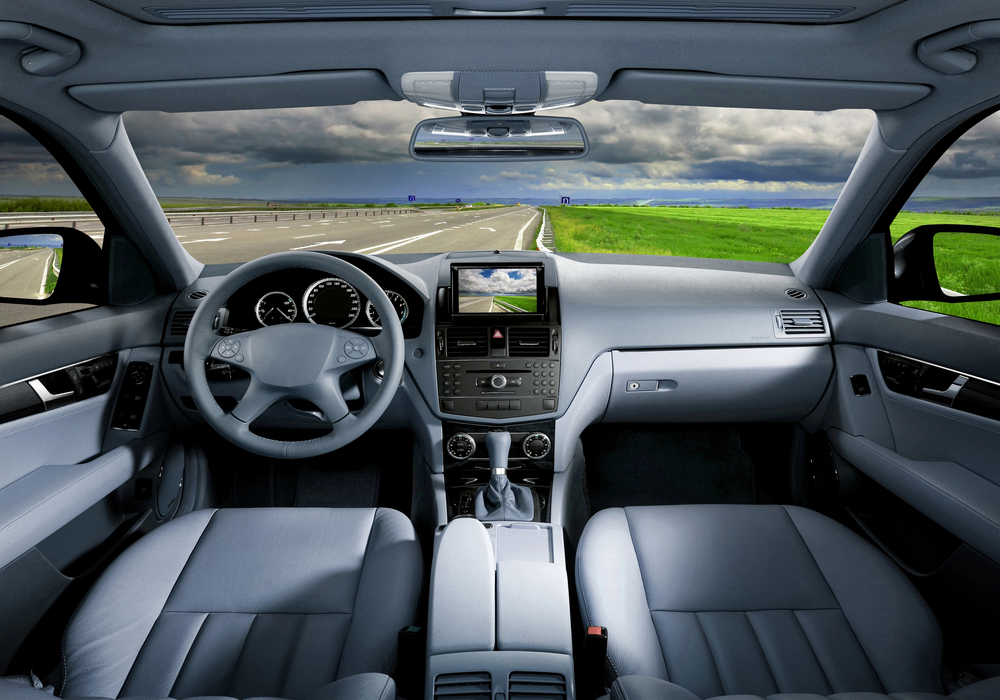Camden County, NJ is a bustling area with plenty of traffic and many chances to get into mild to severe accidents. As such, you may find yourself in need of a collision repair center in Camden County. However, there’s often confusion surrounding whether seeking repairs at a collision repair center will void your vehicle’s warranty. Let’s discuss if receiving collision repairs void warranties on your vehicle.
Key Takeaways
- Various types of car warranties, including bumper to bumper, corrosion, powertrain, roadside assistance, and extended warranties, offer financial protection against unexpected repair costs.
- Typically covers critical components like the engine, transmission, electrical systems, suspension, and more, depending on the warranty type and terms.
- Seeking repairs at a reputable collision repair center in Camden County shouldn’t void your vehicle’s warranty if performed by qualified technicians using manufacturer-approved parts and procedures.
What is a Car Warranty?
A car warranty is a guarantee provided by the manufacturer or dealer that covers certain repairs and services for a specified period or mileage limit. Warranties offer peace of mind to vehicle owners by providing financial protection against unexpected repair costs.
Types of Car Warranties
Here are the different kinds of warranties that may come with your car from the manufacturer or dealership:
Bumper to Bumper Warranty
This type of warranty typically spans the entire vehicle and encompasses essential systems such as the engine, transmission, electrical components, suspension, steering, and more. However, it often excludes wear and tear items such as brake pads, tires, and wiper blades, which are considered consumables and subject to regular replacement.
Corrosion Warranty
This warranty safeguards against rust and corrosion damage to the vehicle’s body, providing coverage for specified components that may be susceptible to deterioration due to exposure to environmental elements. This warranty is particularly important for vehicles in regions with harsh climates or high levels of road salt usage during winter months.
Powertrain Warranty
A powertrain warranty covers the vehicle’s powertrain components, including the engine, transmission, and drivetrain. It provides coverage for defects or malfunctions in these critical systems, ensuring that owners are protected against costly repairs related to powertrain failures. Since powertrain components are among the most expensive to repair or replace, this warranty offers significant financial security for vehicle owners, especially during the early years of ownership when mechanical issues are less common.
Roadside Assistance Warranty
Roadside assistance is valuable to drivers in New Jersey that comes into play when there are unforeseen roadside emergencies. This warranty offers services like towing, flat tire assistance, battery jump-starts, lockout assistance, and fuel delivery. This warranty gives vehicle owners peace of mind knowing that help is just a phone call away in the event of vehicle breakdowns or emergencies, whether they occur close to home or during travels.
Extended Warranty
This can be purchased separately from the manufacturer or dealer to extend warranty protection beyond the original warranty period. This additional coverage provides peace of mind to vehicle owners by offering continued protection against unexpected repair costs after the manufacturer’s warranty expires. Extended warranties can vary in coverage terms and exclusions, so it’s essential to carefully review the terms and conditions before purchasing to ensure it meets your specific needs and budget.
What Does a Car Warranty Cover When It Comes to Repairs?
The scope of coverage can vary depending on the type of warranty and the manufacturer’s terms, but in general, car warranties encompass a wide range of components critical to the vehicle’s operation and performance. Here are some things covered by warranties:
- Engine, including defects and faulty components
- Transmission
- Electrical systems, including sensor failures and electrical malfunctions
- Suspension system, like the struts, shocks, and control arms
- Braking system
- Drivetrain
- Steering
- Cooling system
Will Going to a Collision Repair Center in Camden County Void a Vehicle Warranty?
No, seeking collision repairs at a reputable collision repair center in Camden County should not void your vehicle’s warranty. As long as the repairs are performed by qualified technicians using manufacturer-approved parts and procedures, your warranty should remain intact. Reputable collision repair centers adhere to industry standards and utilize proper repair techniques to ensure the quality and safety of the repairs, thereby preserving the vehicle’s warranty coverage.
When Will a Warranty Be Voided?
While seeking collision repairs at a reputable repair center should not void your vehicle’s warranty, there are instances where warranty coverage may be voided:
- Improper Repairs or Modifications: If repairs or modifications are performed incorrectly or using non-approved methods, it can void warranty coverage for affected components.
- Non-Approved Aftermarket Parts: Installing aftermarket parts that are not approved by the manufacturer can void warranty coverage for related components, as they may not meet the manufacturer’s quality or compatibility standards.
- Neglecting Routine Maintenance: Failure to adhere to the manufacturer’s recommended maintenance schedule, including oil changes, fluid flushes, and filter replacements, can void warranty coverage, as proper maintenance is essential for preserving the vehicle’s condition and performance.
- Exceeding Specified Mileage Limits: Some warranties may include mileage limits, and exceeding these limits without proper service can void warranty coverage. It’s essential to follow the manufacturer’s guidelines regarding mileage limits and service intervals to maintain warranty
Contact a Camden County, NJ Collision Repair Center Today?
If your vehicle requires collision repairs in Camden County, NJ, trust Elmer’s Auto Body for professional and reliable service. Our experienced technicians use state-of-the-art equipment and manufacturer-approved repair techniques to ensure quality repairs while preserving your vehicle’s warranty. Call one of our three locations or fill out the online form today to schedule an appointment and restore your vehicle to its pre-accident condition with confidence.

